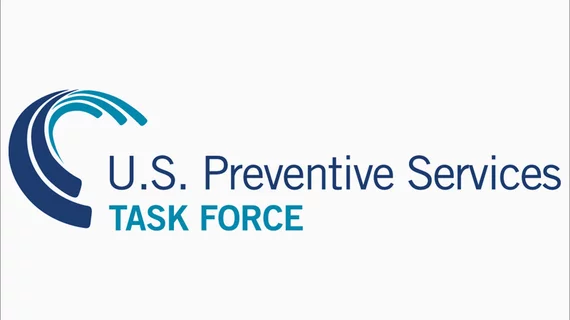USPSTF: Evidence insufficient to assess benefits, harms of using ABI to screen for PAD
The U.S. Preventive Services Task Force (USPSTF) issued a Grade I recommendation for screening peripheral artery disease (PAD) and cardiovascular disease (CVD) risk with the ankle-brachial index (ABI), indicating current evidence is insufficient to recommend screening without signs or symptoms of disease.
The recommendation, published July 10 in the Journal of the American Medical Association, expands on a 2013 review to include individuals with diabetes and interventions that include supervised exercise and physical therapy intended to improve health in lower limbs.
ABI is calculated as systolic blood pressure obtained at the ankle divided by the systolic blood pressure obtained at the brachial artery while the patient is lying down. A ratio of less than 0.9 is considered abnormal and commonly used to define PAD.
The Grade I issuance comes after an evidence report reviewed whether screening for PAD with ABI in generally asymptomatic adults is effective in reducing morbidity and mortality for PAD or CVD.
“There are few studies addressing the benefits of treating screen-detected patients with PAD; two good-quality studies showed no benefit of using the ABI to manage daily aspirin therapy in unselected populations, and two studies showed no benefit from exercise therapy,” the USPSTF noted. “No studies addressed the harms of screening, although the potential exists for overdiagnosis, labeling, and opportunity costs. Studies that addressed the harms of treatment showed nonsignificant results.”
The recommendation does not apply to people with ischemic symptoms during walking activity, who should be tested for PAD with the ABI.
The USPSTF noted sufficient evidence to determine direct harms of screening are minimal. However, several subsequent harms are present when utilizing ABI for PAD screening in asymptomatic adults—including false positives, false negatives, anxiety and exposure to gadolinium or contrast dye from MR angiography and CT angiography. Additionally, further testing of CVD risk may involve stress tests or angiography.
“Patients with minimal or atypical symptoms may limit activity to avoid symptoms, leading to further deterioration,” the USPSTF noted. “In this case, screening and treatment could theoretically prevent deterioration. However, a substantial number of asymptomatic persons with low ABI may never develop clinical signs or symptoms of CVD or PAD but would still be subjected to the harms of testing and subsequent treatments.”

